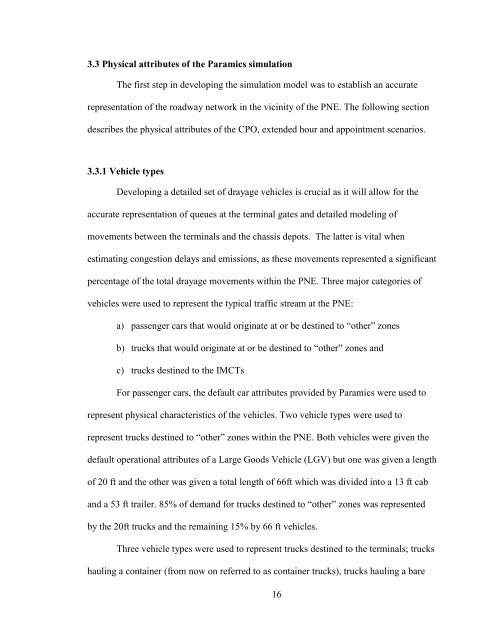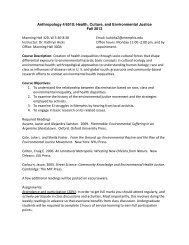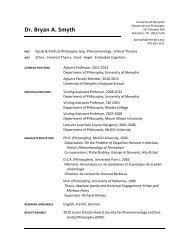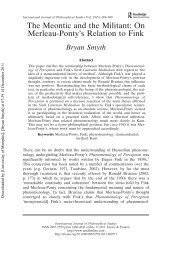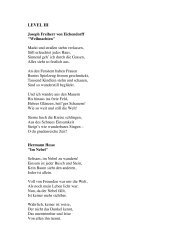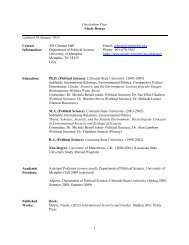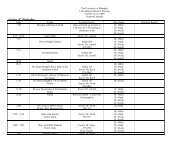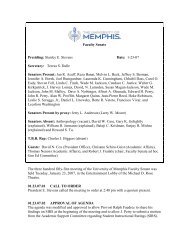Jeffrey Karafa - University of Memphis
Jeffrey Karafa - University of Memphis
Jeffrey Karafa - University of Memphis
Create successful ePaper yourself
Turn your PDF publications into a flip-book with our unique Google optimized e-Paper software.
3.3 Physical attributes <strong>of</strong> the Paramics simulation<br />
The first step in developing the simulation model was to establish an accurate<br />
representation <strong>of</strong> the roadway network in the vicinity <strong>of</strong> the PNE. The following section<br />
describes the physical attributes <strong>of</strong> the CPO, extended hour and appointment scenarios.<br />
3.3.1 Vehicle types<br />
Developing a detailed set <strong>of</strong> drayage vehicles is crucial as it will allow for the<br />
accurate representation <strong>of</strong> queues at the terminal gates and detailed modeling <strong>of</strong><br />
movements between the terminals and the chassis depots. The latter is vital when<br />
estimating congestion delays and emissions, as these movements represented a significant<br />
percentage <strong>of</strong> the total drayage movements within the PNE. Three major categories <strong>of</strong><br />
vehicles were used to represent the typical traffic stream at the PNE:<br />
a) passenger cars that would originate at or be destined to “other” zones<br />
b) trucks that would originate at or be destined to “other” zones and<br />
c) trucks destined to the IMCTs<br />
For passenger cars, the default car attributes provided by Paramics were used to<br />
represent physical characteristics <strong>of</strong> the vehicles. Two vehicle types were used to<br />
represent trucks destined to “other” zones within the PNE. Both vehicles were given the<br />
default operational attributes <strong>of</strong> a Large Goods Vehicle (LGV) but one was given a length<br />
<strong>of</strong> 20 ft and the other was given a total length <strong>of</strong> 66ft which was divided into a 13 ft cab<br />
and a 53 ft trailer. 85% <strong>of</strong> demand for trucks destined to “other” zones was represented<br />
by the 20ft trucks and the remaining 15% by 66 ft vehicles.<br />
Three vehicle types were used to represent trucks destined to the terminals; trucks<br />
hauling a container (from now on referred to as container trucks), trucks hauling a bare<br />
16


